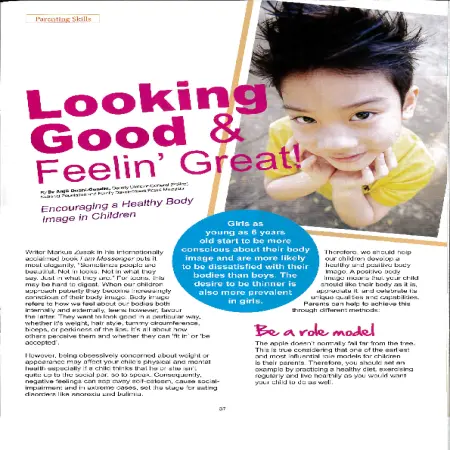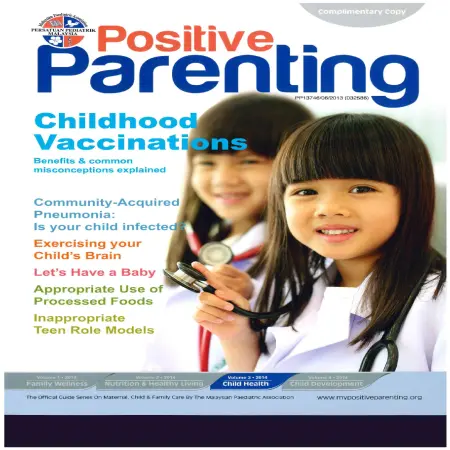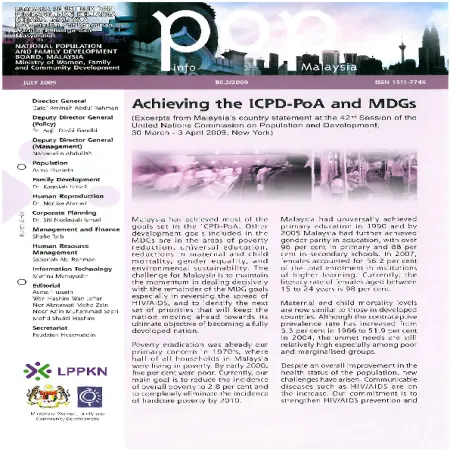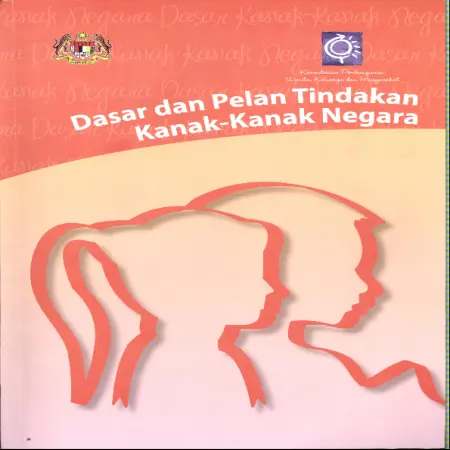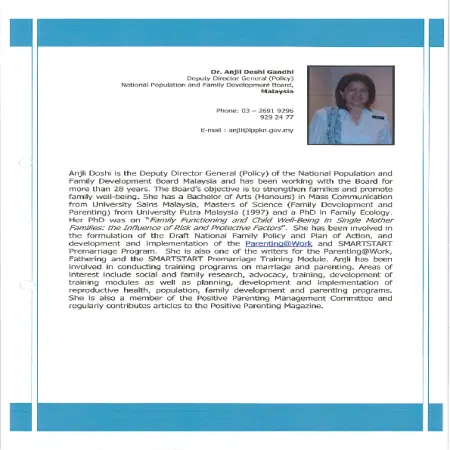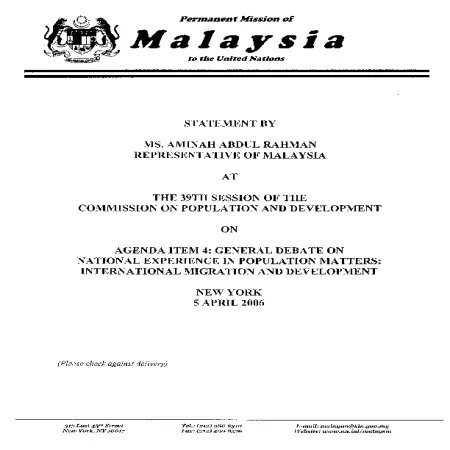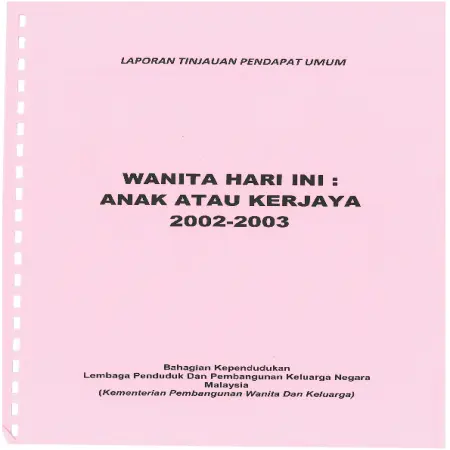TOPICS
Results for Topics : "Childcare"
|
|
Hassle free travel with your kids
Item Type: Article
Editor:
Year: 00/00/2014
Abstract: Pick a destination with something for everyone to enjoy. A tour may seem like an easy way to see everything, but take it easy and don’t pack your tour schedule with too many activities especially if you have babies and toddlers with you. The key is to remain flexible.
|
|
|
|
|
|
Bringing up mentally challenged children
Item Type: Article
Editor:
Year: 00/00/2014
Abstract: Children who are mentally challenged are often referred to as being intellectually disabled. It is characterized by below-average intelligence or mental ability (i.e. learning, reasoning, problem solving, etc.) and a lack of adaptive behaviour required for day-to-day living (i.e. interpersonal skills, self-esteem, ability to follow rules/obey laws).
Numerous factors can facilitate its onset, but more noticeably; genetic predisposition (i.e. Down Syndrome), complications during pregnancy or childbirth (substance abuse), injury (i.e. near drowning), trauma (i.e. severe parental neglect) or an infection (i.e. meningitis).
|
|
|
|
|
|
Achieving the ICPD-PoA and MDGs
Item Type: Newsletter
Editor:
Year: 00/07/2009
Abstract: Malaysia has achieved most of the goals set in the ICPD-PoA. Other development goals included in the MDGs are in the areas of poverty reduction, universal education, reductions in maternal and child mortality, gender equality and environmental sustainability.
|
|
|
|
|
|
Dasar dan Pelan Tindakan Kanak-Kanak Negara
Item Type: Act & Policy
Editor:
Year: 29/07/2009
Abstract: Children are a very important part of society, they are an asset for the country and the link for the country's development in the future. In 2008, there were 10.5 million (37.9%) children out of 27.7 million population. As such, the Government is very concern about the welfare and interests of children. In this regard, Malaysia has ratified the Convention on the Rights of the Child (CRC) on 17 February 1995. The Convention focuses on the welfare and lives of children that lead to aspects of survival, protection, development and participation. As a State Party to the CRC, Malaysia is very concerned and committed to the responsibility to ensure the safety and welfare of the children who are the heirs and future generation of the country. Interests of the child is clearly shown in the Statement of Vision 2020 in which the institution of the family and children is one of the focuses of priority in the country's efforts to achieve developed nation status in addition to creating a society that is fair and compassionate.
|
|
|
|
|
|
Family functioning and child well-being amongst urban Malay single mother families: resilence despite challenges
Item Type: Conference or Workshop Item
Editor:
Year: 00/00/2009
Abstract: This study was designed to determine the contribution of risk and protective factors in predicting urban Malay single mother's family functioning and child well being. In addition, this study examine the moderating role of protective factors (risk x protective factor interaction) on the relationship between risk factors and family functioning and child well-being. Result highlight the role of protective factors in promoting better family functioning and child well-being and the extent to which protective factor buffer risk factors in the design of intervention aimed at strengthening family functioning and enhancing child well-being in urban Malay single mother families.
|
|
|
|
|
|
Factors contributing to resilient attitude formation among excellent children from low SES single parent family
Item Type: Conference or Workshop Item
Editor:
Year: 00/00/2009
Abstract: The present study aims to identify the factors that contribute to resilient attitude formation among children who scored excellent results in UPSR. This study used a descriptive research design (Issac, 1995; Kerlinger, 1979). Samples were selected using purposive sampling since the study is only limited to single parent's family from low sosio-economic status (SES). Samples consisted of low SES single parents (mothers) from rural areas. This study was carried out in two phases; (i) structed interview with single parents (n=15) and (ii) handing out questionnaires and interviewing children (boys, n=6 and girls, n=9). The researcher has divided the interview into two types, namely the unstructured interview and the structured interview. Samples were interviewed and their stories were analyzed using the constant comparative method. Transcript data were coded and analyzed using the grounded theory approach (Strauss & Corbin, 1998). Recurring words, phrases and themes in the transcripts were coded commonalities and contradictions within and among the interviews were noted. While constantly comparing the data, themes and meanings were analyzed to develop theoretical, interpretations and implications of the data. After the data had been analyzed, results were compared with the literature to determine the degree to which the findings confirmed prior research.
|
|
|
|
|
|
Understanding coping and resilience of children and adolescents
Item Type: Conference or Workshop Item
Editor:
Year: 00/00/2009
Abstract: The objectives of this paper are to identify and define key concepts and models related to stress, coping, and resilience amongst children and adolescents and also to make us mindful to area wise gaps in our evidence based practice in this context. Amidst the growing evidence that depression and other mental health issues are surfacing amongst children and adolescents in several societies, the author focuses on the transactional nature of coping and resilience and how children and adolescents process a variety of stresses that they see in their day to day lives. Given that children and adolescents attempt to cope well in stressful situations being a fact, the author considers constructing and reviewing this stressful experiences in a person-environment transaction context to be a useful strategy. The paper presents this strategy.
|
|
|
|
|
|
The 39th session of the Commission on Population and Development on agenda item 4: general debate on national experience in population matters: international migration and development, New York, 5 April 2006
Item Type: Country Statement
Editor:
Year: 05/04/2006
Abstract: International migration, inter-alia, helps to ensure labour market flexibility and reduce labour market rigidity. At the same time, it must also be acknowledged that the impact of international migration, particularly low skilled foreign workers, on the receiving country's economy and society can be both positive and negative.
|
|
|
|
|
|
Wanita hari ini: anak atau kerjaya 2002-2003
Item Type: Research Report
Editor:
Year: 00/12/2003
Abstract: The participation of women in the labor force has increased from 37.0 percent in 1971 to 42.0 percent in 1991 and 46.9 percent in 2001. This increase is directly not only increase the number of women working but working spouses. The growing number of working couples has raised some challenges that need to be addressed wisely. Among these challenges is the increasing needs of child care services, maid and time management in discharging its responsibilities as a wife, mother and employee, and that is as important as the son and daughter-in-law for who still have parents and parent-in-law. This study is to explore the extent to which women today give preference between career and family, whether they want to increase the number of children or career development, and the factors that influence their choice. The study sample includes 2.909 women working in the public and private sectors who are 40 years and under, are married and have at least one child aged under 13 years. Overall, the mean number of children a woman is owned by a total of 2.4 people. Meanwhile, the mean ideal number of children who think they are up to 4 people. Nearly 14.0 percent of working couples in conflict between family and career. Due to child care problems, 8.3 percent of women had to quit work and 7.8 per cent had to take leave without pay. New initiatives and implemented if there is a desire to boost the female employees to increase the number of children or not, such as subsidized child care costs, while the policy stops working women, child care services in the workplace, child care services in the area of residence, and flexible working hours.
|
|
|
|





